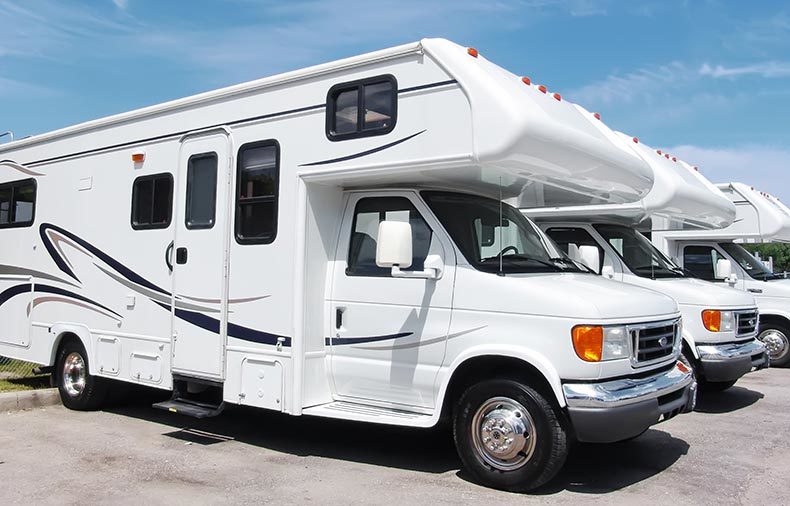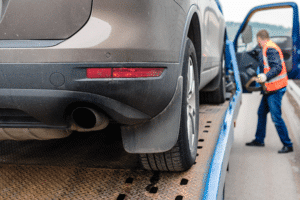RV transport is a process that requires careful planning and research. With the right precaution and preparation, you’ll have your RV delivered safe and secure. Finding a trusted transporter, arranging delivery of your RV within your time frame, and receiving it in good condition are easy with uShip.
However, damage en route is still a possibility. By understanding RV transport protection and taking some simple steps beforehand, you will know what to do in the rare instance that your RV is damaged during transport.
Check Your RV Transport Company for Proper Authority and Protection
All transporters registered with the Department of Transportation (DOT) have a legal obligation to carry a minimum of $750,000 in liability insurance. Typically this amount is sufficient to cover potential damage to your RV. Researching an RV Transport Company’s insurance coverage is easy:
- Obtain a copy of their insurance policy. Request this directly from the transporter to ensure you get an original document.
- Check the DOT number. This number can be found on the carrier’s uShip profile. Using this number, you can check that a transporter is authorized and insured to transport your RV using Safersys.org, which is maintained by the Federal Motor Carrier Safety Administration (FMCSA).
- Unless your RV transport company is a broker, the ‘DBA Name’ should match the name of the company.
- The “Auth. For Hire” field under “Operation Classification” section should be checked.
- The “Motor Vehicles” field under “Cargo Carried” section should be checked.
- After clicking on the “FMCSA Licensing and Insurance Site” link at the bottom of the RV transport company’s profile, check that the BIPD (Bodily Injury and Property Damage) coverage is at least $750,000.
You can also purchase additional protection with uShip Protection Plan. It’s easy to purchase additional protection; simply choose this option as you are booking your carrier through uShip.
Know the Terms and Limitations of Your RV Protection
Although a transport company’s liability insurance should cover any damage that your RV may incur, you still want to check for any exclusions and limitations. The terms of insurance coverage will be on the Bill of Lading (BOL) and RV shipping contract. You should have copies of both documents. Make sure to get any agreements or changes to the contract in writing before releasing your vehicle to your RV transport company.
Making an RV Protection Claim
When dropping off and picking up your RV, either you or someone representing you should inspect the RV together with the truck driver to determine if any damage occurred in transit. Pre-existing damage should be noted on the condition report at drop-off. Check for any new damage against the condition report at delivery and note it in detail on the condition report. It is also helpful to document your RV with photos before and after shipping.
If you need to open a case, contact your transporter as soon as possible, ideally within 24 to 48 hours.
If you have used the uShip Protection, opening a case is as simple as logging onto uShip after the shipment is completed.




